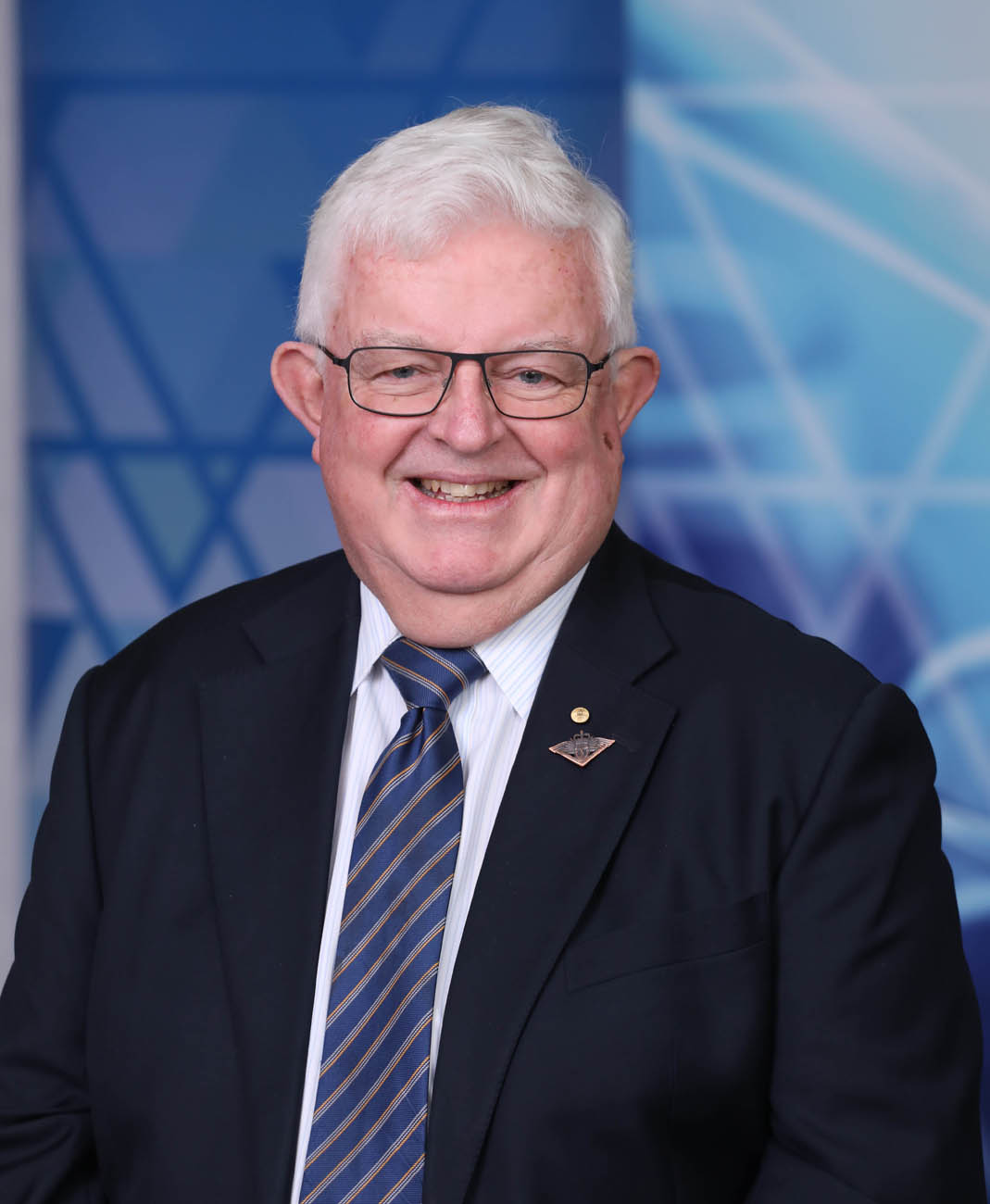Research is the fun of medicine – and its future
By Associate Professor Brett Courtenay, President St Vincent’s Clinic Foundation

Every year in January, many of us reflect on the past year and the one to come. It’s almost a rite of passage. As we’ve just ushered into a new decade, now is the perfect opportunity to take a wider lens: what has marked the past 10 years for the St Vincent’s Clinic Foundation? What lies ahead of us?
Overall, we’ve been incredibly successful in fulfilling our mission. We’ve invested in medical breakthroughs and made a real difference in improving healthcare outcomes.
And, unlike many charities, we can proudly say that every single dollar we’ve received has gone – or will go - directly to that purpose.
I could write a full page about Dr Venessa Chin, whose research has the potential to revolutionise lung cancer treatment and our understanding of the disease. I could dedicate hundreds of lines to Professor Sandy Middleton’s landmark study on the impact of acute stroke care, which led to significant changes in nursing practices and better outcomes for stroke patients across Australia and worldwide. I could write a whole essay about the hundreds of research projects we have funded in the past 10 years, and how they’ve contributed, big or small, to forging the future of medicine.
I will stop at one paragraph. Although boasting about past achievements is a fun exercise, I prefer to focus on how we can support new ones going forward.
"My mentor used to say ‘research is the fun of medicine’, and it is indeed. The true source of enjoyment is our legacy to the next generation."
True to the Mission of the Sisters of Charity, the St Vincent’s Clinic Foundation intends to add new areas of focus, where we see a community need. Two key healthcare issues are calling our attention. The first one is mental health: almost half of Australians aged 16 to 85 years will experience mental illness during their lifetime. The second one is indigenous health: burden of disease experienced by Indigenous Australians is 2.3 times the rate of non-Indigenous Australians.
These statistics alone demonstrate the urgency to dig into the two issues to better tackle them.
The Foundation will of course continue to support research projects across a wide range of disciplines, but in addition we will be paying particular attention to these two topics, as a way to further increase the impact of research on the community’s health.
Not many organisations can make such a shift in focus without cumbersome processes. We can. The key strengths that define us will support this endeavour:
- Strong flexibility: we are able to fund research across all healthcare facilities on the Darlinghurst campus: St Vincent’s units, Garvan Institute, Victor Change, The Kinghorn Cancer Centre, St Joseph’s Hospital. This means we get to invest in the best of the best projects on campus. Our funds go where the potential and needs are highest, regardless of the discipline. It also means we can support research projects that may be too niche to get prestigious prizes, or focus on diseases too rare to get flashy headlines – yet instrumental in furthering research and patient care.
- Tangible impact: we enable a direct connection between research and patient care thanks to a bench-to-bedside, and bedside-to-bench, approach. This means research at the coalface of patient care, and real-world impact on how we deliver it. At the St Vincent’s Clinic and across campus, doctors implement medical breakthroughs, powered by the Foundation, to improve their patients’ lives.
- Continuous excellence: the St Vincent’s Clinic does not maintain its standard of excellence by standing still: research doesn’t, nor does medicine. Being involved in research as a doctor or clinician dramatically changes your perspective and your approach to patient care. It certainly changed mine after supervising a study on the genetic inheritance of osteoarthritis.
My mentor used to say ‘’research is the fun of medicine’’, and it is indeed. To researchers, lab is their playground, white coat and gloves are their costumes, tools are their toys, and when a new piece of equipment comes in, it is Christmas! The true source of enjoyment though is our legacy to the next generation.
The next decade will see us leverage our key strengths and invest into multiple healthcare issues, including those that need greater attention, starting with mental health and indigenous health. I expect we will meet quite a few challenges along the road, but research doesn’t stop at a challenge – research rises to it.